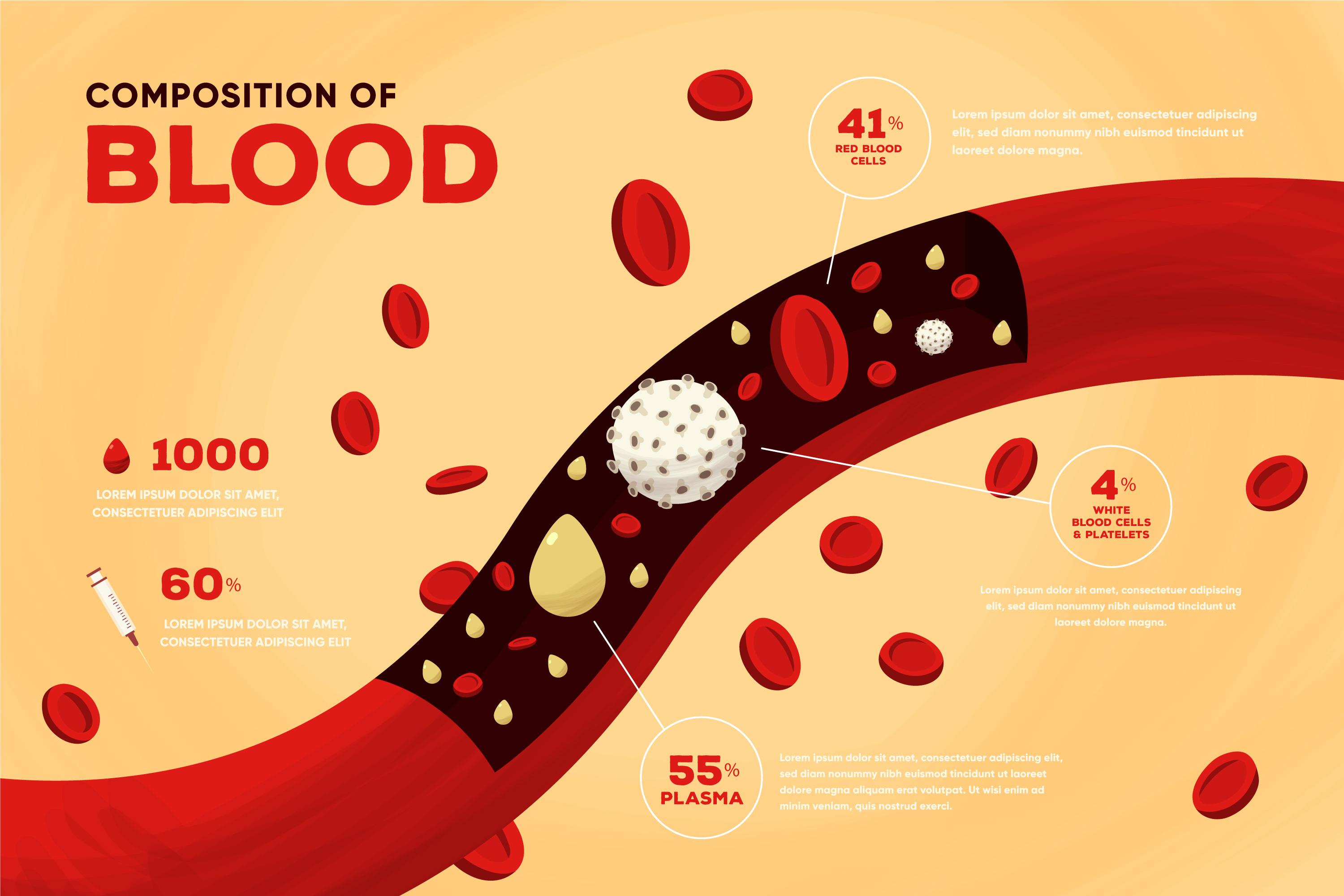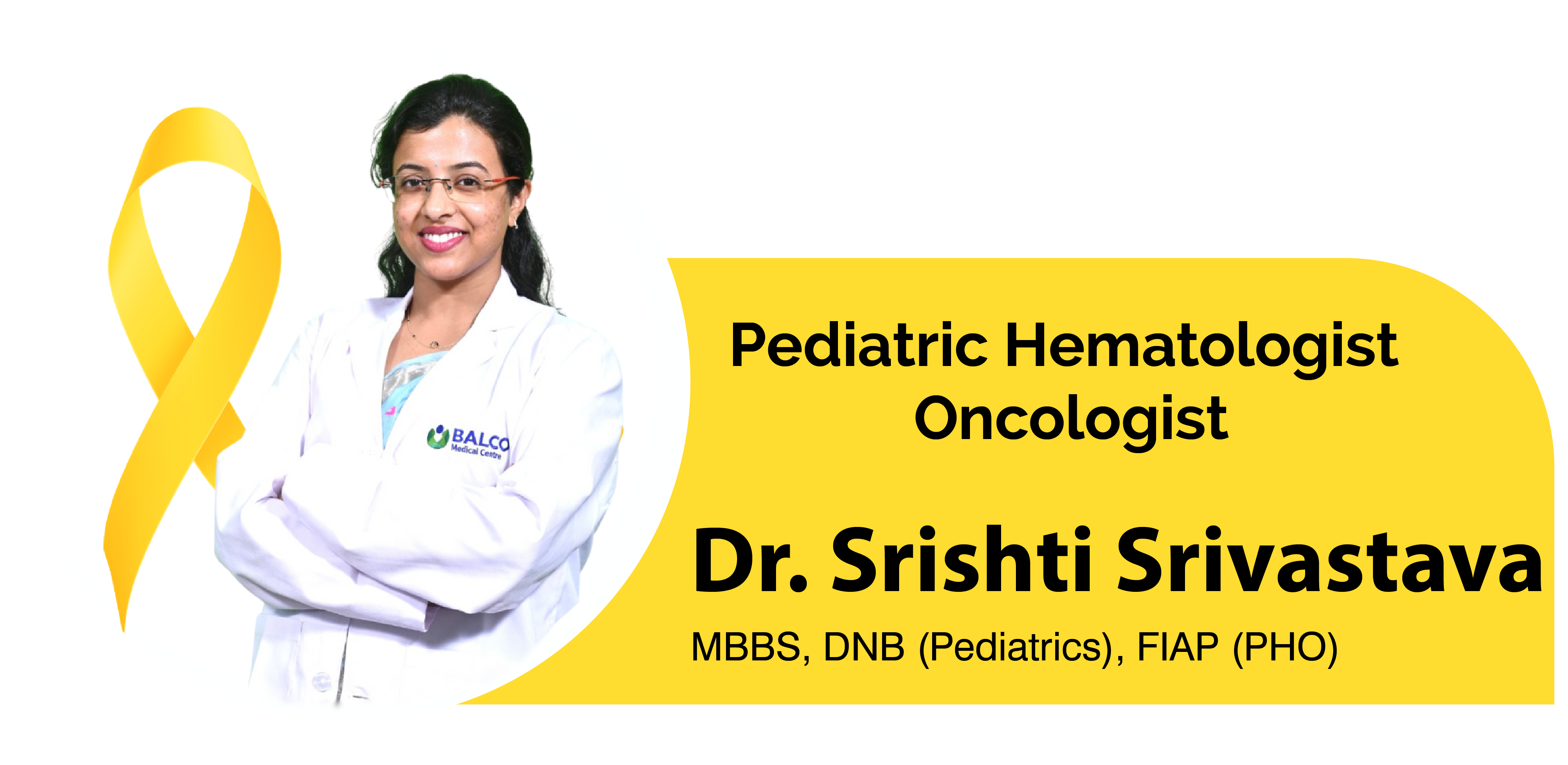
- Common Blood Disorders in Children
Blood disorders in children are conditions that affect how the blood works. Some children may be born with them, while others develop them later. These disorders can affect red blood cells, white blood cells, or how the blood clots. With early diagnosis and proper treatment, many of these conditions can be well managed.
Types of Common Blood Disorders
What Causes Blood Disorders in Children?
“Causes can include genetic problems, lack of nutrients like iron or vitamin B12, or issues with the bone marrow. Some disorders are passed down in families, while others are caused by infections or autoimmune reactions. A child’s symptoms and blood tests help doctors find the right diagnosis.”
Treatment and Support
Treatment depends on the type of blood disorder. It may include medicines, blood transfusions, special diets, or in some cases, a bone marrow transplant. Regular check-ups and support from a paediatric haematologist are important for managing the condition and helping the child live a healthy life.


Key steps in managing blood disorders in children:
- Early screening and regular blood tests
- Individualised treatment plans
- Family education and long-term care


